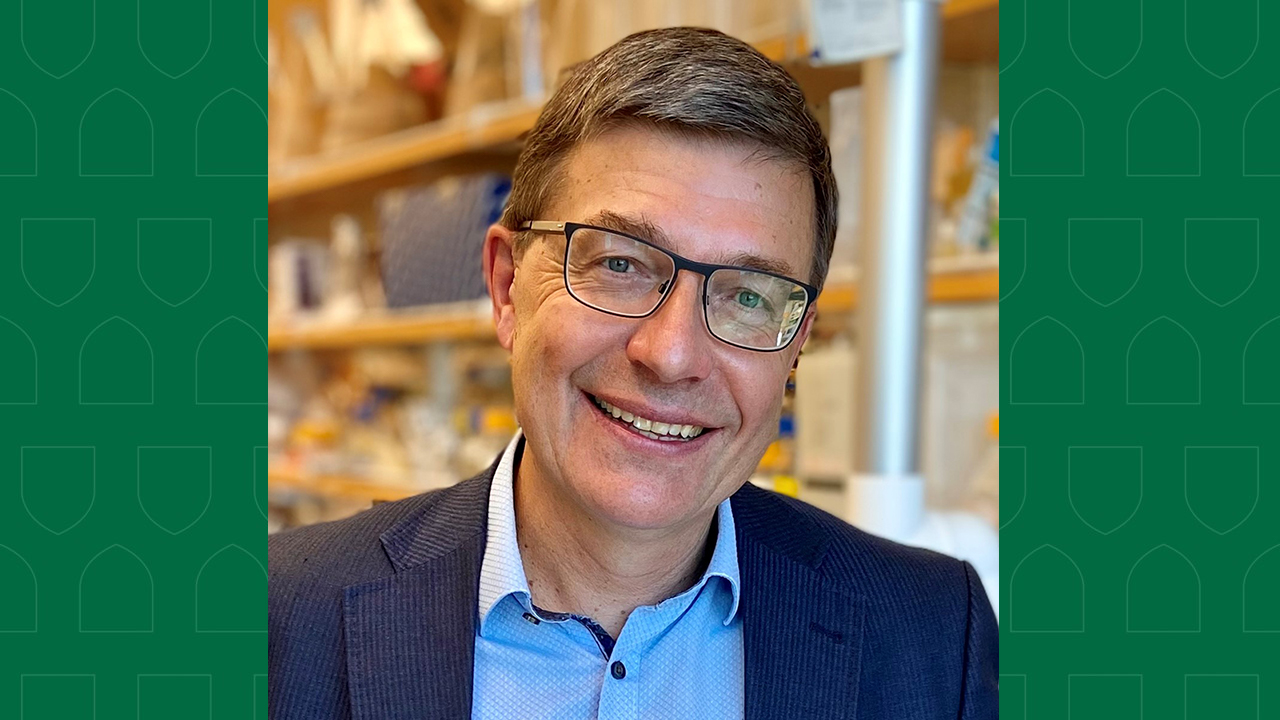
Dr. Oleg Dmitriev on Copper, Platinum and Safer Chemotherapy
Colour-changing reactions and small explosions punctuated life at Dr. Oleg Dmitriev's home, when he was a boy. He loved trying out chemical reactions, and experimenting. As a teenager, he was fascinated by the science fiction novels his father brought home.
By RESEARCHERS UNDER THE SCOPEListen to all episodes of Researchers Under the Scope podcast.
"It's all about strange worlds and unusual, strange forms of life," said Dmitriev, a protein biochemist. "I started wondering, why is the life on our planet is the way it is? And what is the chemistry of life?"
After earning his PhD at Moscow State University, Dmitriev went on to post-doctoral studies at the University of Osnabrück, followed by years of bench research at the University of Wisconsin. That's where he discovered the potential of nuclear magnetic resonance imaging -- something he uses today to piece together the way copper moves through the human body.
"It still fascinates me," said Dmitriev, who moved to the University of Saskatchewan in 2005 to open his own laboratory. "It's a very, very important technical component of my research."
Today, as a professor of Biochemistry, Microbiology and Immunology at the USask College of Medicine, Dmitriev has honed in on ATP7B, the protein that transports and regulates copper-containing enzymes in human tissue.
"Copper is a very important bioelement that is needed for supplying our cells with energy, but at the same time it also has a dark side," Dmitriev said. "If it escapes, it can start a cascade of damaging runaway reactions."
The Canadian Liver Foundation estimates one in 30,000 Canadians inherit a defective version of the protein, causing Wilson Disease. Without treatment, they suffer liver damage and a host of neurological symptoms from an over-accumulation of copper.
"There are many entry points for copper," said Dmitriev. "Where does it go from the point where it enters the protein? How does it go across the cell membrane? How is that activity regulated?"
Together with Dr. Scott O'Leary, a cell biologist, Dmitriev was successful in securing a $761,176 grant from the Canadian Institutes of Health Research in 2021 to explore those questions. He said understanding the 'cogs and wheels' of copper transport in the body may also help clarify the way other metals, such as platinum, move through human tissue.
Platinum compounds are frequently used in chemotherapy treatments for breast, colon, lung, and ovarian cancer.
"They're quite effective, but they're incredibly toxic," said Dmitriev. "They have a lot of really serious side effects."
Because platinum uses the same transportation mechanisms as copper, Dmitriev wants to know how to make its journey through the body less harmful.
"Can we manipulate those transfer pathways to make sure that platinum chemotherapy drugs get to their target, but do not go astray and poison the patient?" he said.
Looking back, Dmitriev said he's glad he landed at the University of Saskatchewan, as it gave him the chance to explore the areas he feels most passionate about.
"I would do it all over," he said. "Science is fun. Science is exciting. It's a good life."
